TYPES OF DENTAL IMPLANTS
1.Single-tooth implants
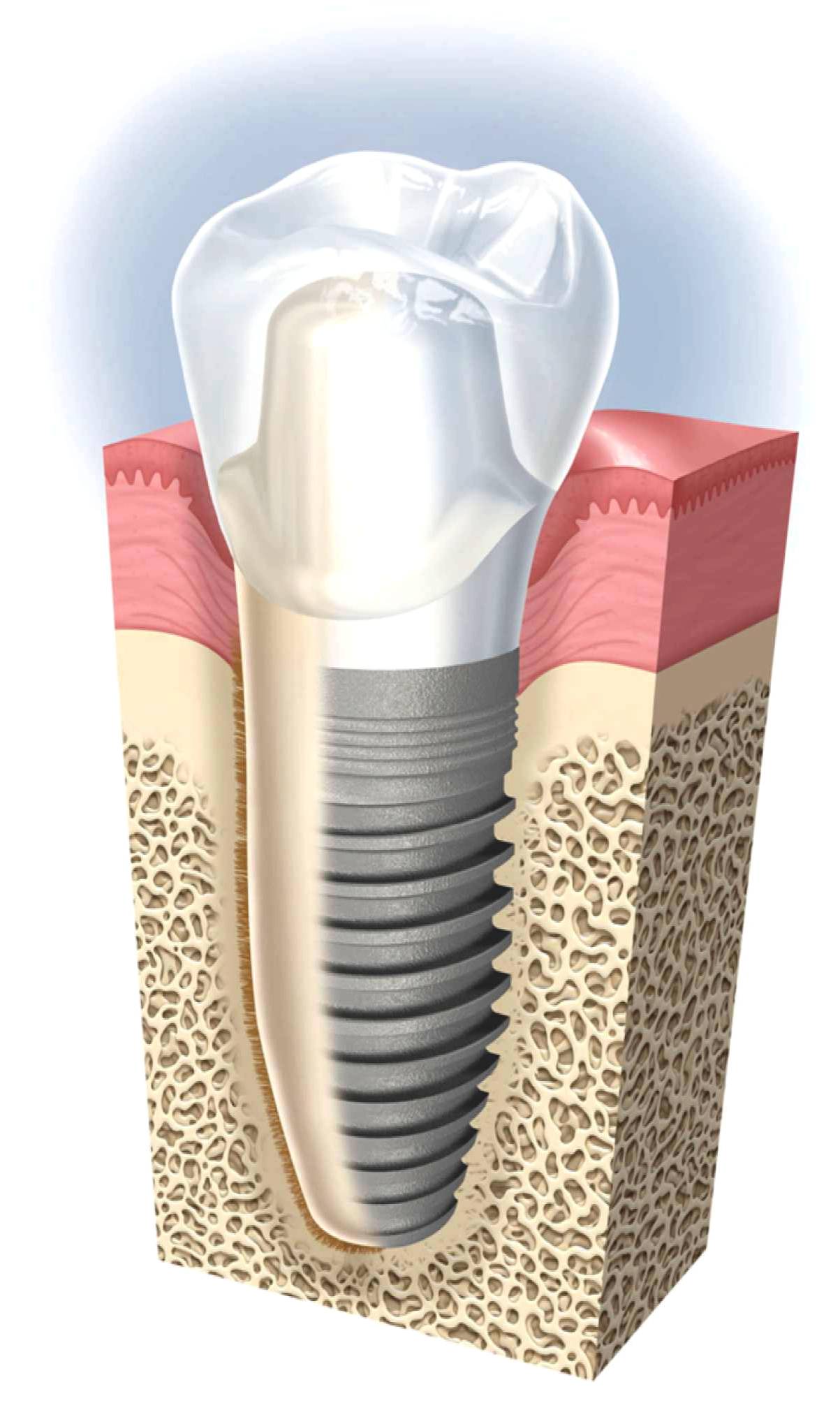 One of the most popular and widely used methods, single-tooth implants is a good substitute for one or more missing teeth. Precisely, this is a surgical process where the implant is positioned in an aperture made in the jawbone that eventually, attaches to the bone and acts as a new “root” for the crown that will be replacing the missing tooth. A crown, also known as a cap is usually designed to look like a natural a natural tooth and attached to the implant. This ultimately, fills the space left in the mouth by the missing tooth. It’s important to understand that for this procedure to be successful it is essential to have enough bone in the jaw that also is strong enough to hold and support the implant. However, unavailability of the same can be taken care by a bone augmentation. Also, natural teeth and supporting tissues near where the implant will be placed must be in good health.
One of the most popular and widely used methods, single-tooth implants is a good substitute for one or more missing teeth. Precisely, this is a surgical process where the implant is positioned in an aperture made in the jawbone that eventually, attaches to the bone and acts as a new “root” for the crown that will be replacing the missing tooth. A crown, also known as a cap is usually designed to look like a natural a natural tooth and attached to the implant. This ultimately, fills the space left in the mouth by the missing tooth. It’s important to understand that for this procedure to be successful it is essential to have enough bone in the jaw that also is strong enough to hold and support the implant. However, unavailability of the same can be taken care by a bone augmentation. Also, natural teeth and supporting tissues near where the implant will be placed must be in good health.
2.Multiple Dental Tooth Implants
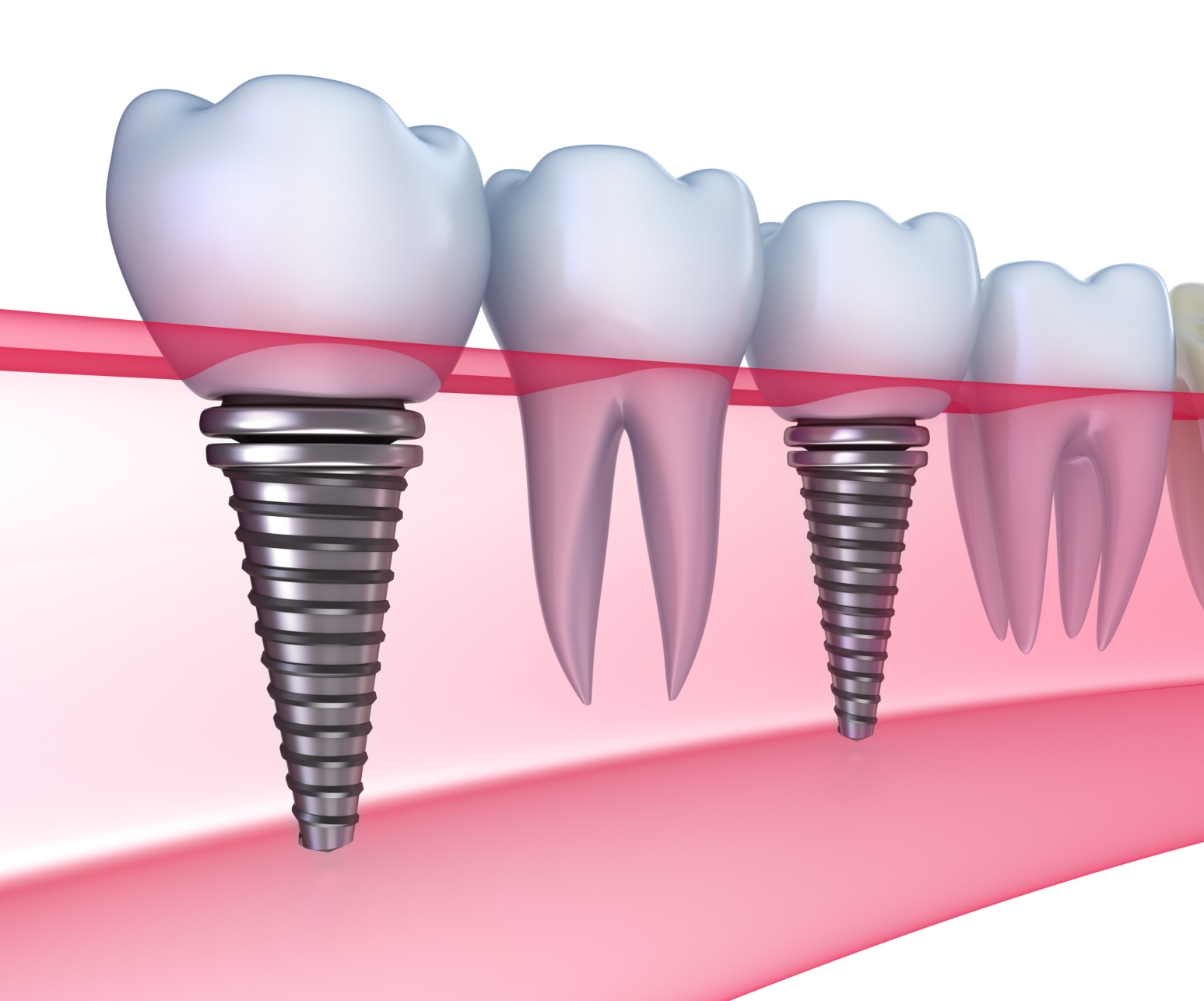 As the name suggests, this kind of procedure is done in the case of several gaps in the mouth. In case of collective missing gaps, dental tooth implants with a bridge can be done. An implant bridge will consist of the crowns on dental tooth implants as well as, pontic crowns. In case of missing gaps at various locations, then separate single dental tooth implants with dental crown or a combination of dental tooth implants with dental crown and dental bridges may be done in replacing missing gaps.
As the name suggests, this kind of procedure is done in the case of several gaps in the mouth. In case of collective missing gaps, dental tooth implants with a bridge can be done. An implant bridge will consist of the crowns on dental tooth implants as well as, pontic crowns. In case of missing gaps at various locations, then separate single dental tooth implants with dental crown or a combination of dental tooth implants with dental crown and dental bridges may be done in replacing missing gaps.
3.Implant Supported Dentures
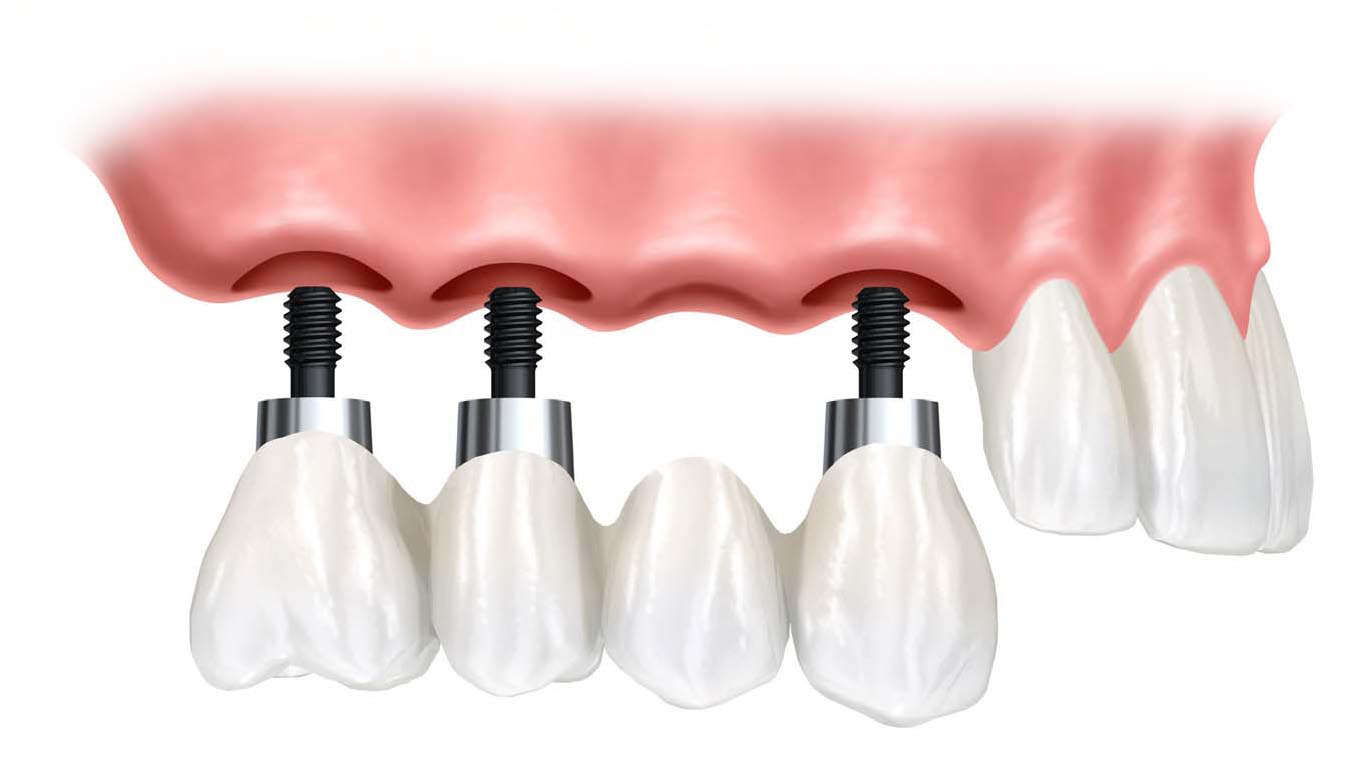
As the name suggests, an implant-supported denture is an over denture supported and attached to implants. For all those who don’t know, a regular denture rests on the gums, and is not supported by implants.
An implant-supported denture is typically used when the patient lacks teeth in the jaw, but has enough bone in the jaw to support implants. An implant-supported denture has special attachments that hold onto attachments on the implants. They are usually are constructed for the lower jaw because regular dentures tend to be less stable there. Usually, a regular denture made to fit an upper jaw is quite stable on its own and doesn’t need the extra support offered by implants. However, the patient can have an implant-supported denture in either the upper or lower jaw
4.Full Mouth Implants
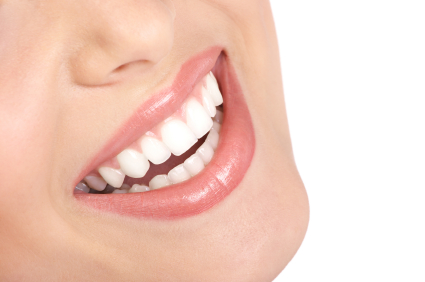 Full-mouth implants demand an arch of several teeth to be supported in either the upper or lower jaw. This requires a minimum of five to six implants in each jaw. The exact number of implants varies from person to person. To be precise, this procedure cannot be carried out on everybody as it involves risk. The bright side is that with dental implants you can eat the foods you want and speak with complete confidence. However, dentures renounce you from eating hard foods such as an apple. As a result, either the dentures loosen up or patients cannot withstand the hard biting forces as they cause pain in the gums. Dentures can be supported by implants, which will greatly improve function, enabling patients to eat the foods they want with complete confidence and not having to worry about pain, or loose dentures falling out.
Full-mouth implants demand an arch of several teeth to be supported in either the upper or lower jaw. This requires a minimum of five to six implants in each jaw. The exact number of implants varies from person to person. To be precise, this procedure cannot be carried out on everybody as it involves risk. The bright side is that with dental implants you can eat the foods you want and speak with complete confidence. However, dentures renounce you from eating hard foods such as an apple. As a result, either the dentures loosen up or patients cannot withstand the hard biting forces as they cause pain in the gums. Dentures can be supported by implants, which will greatly improve function, enabling patients to eat the foods they want with complete confidence and not having to worry about pain, or loose dentures falling out.
5.Bone Grafting
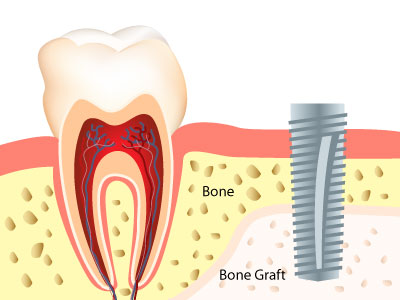
Bone grafting is widely accepted, modern technique opted in the case of Bone loss also known as, bone resorption that often occurs when teeth have been lost but not replaced, with age, or in people who have worn dentures for some time. When resorption has excessively reduced the jawbone, dental implants cannot be placed due to lack of good-quality bone material for the implant to anchor to. Bone grafts can build up or fill in jawbone defects allowing the successful placement of dental implants. This technique is also used to help fusion between vertebrae, correct deformities, or provide structural support for fractures of the spine. Also, it is used for fracture repair, undoing the defects in bone caused by congenital disorders, traumatic injury, or surgery for bone cancer. Bone grafts are also used for facial or cranial reconstruction.
6.Sinus Lifting
 Sinus lift also known as sinus augmentation, is a treatment to adjoin a bone to your upper jaw and in the area of your premolars and your molars. Precisely, a bone is adjoined in the middle of the jaw and the maxillary sinuses. They can be on either sides of your nose. In order to make room for the bone, the sinus membrane may be moved upward or lifted.
Sinus lift also known as sinus augmentation, is a treatment to adjoin a bone to your upper jaw and in the area of your premolars and your molars. Precisely, a bone is adjoined in the middle of the jaw and the maxillary sinuses. They can be on either sides of your nose. In order to make room for the bone, the sinus membrane may be moved upward or lifted.
This fascinating treatment is performed when there is not enough bone in the upper jaw or the sinuses to hold dental implants. Here are some of the reasons sinus lifts are used.
Sinus lifts are used when:
-
- The patient has lost teeth in their upper jaw like the back teeth molars may not have enough bone for implants to be placed.
- Bone loss may have happened because of periodontal gum disease.
- Tooth loss may have led to bone loss because when teeth are gone, bone starts to get reabsorbed back into the body.
- If teeth have been missing for a long time then there may not be enough bone left for implants.
- The maxillary sinus could be too close to the upper jaw for the placement of implants.

